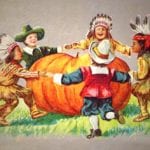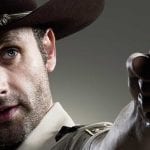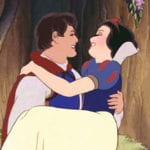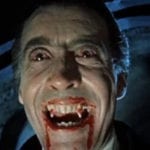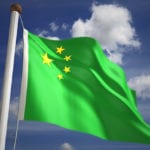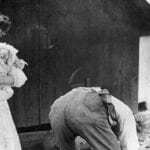 Movies and TV
Movies and TV  Movies and TV
Movies and TV  Creepy
Creepy 10 Lesser-Known Shapeshifter Legends from Around the World
 Animals
Animals 10 Amazing Animal Tales from the Ancient World
 Gaming
Gaming 10 Game Characters Everyone Hated Playing
 Books
Books 10 Famous Writers Who Were Hypocritical
 Humans
Humans 10 of the World’s Toughest Puzzles Solved in Record Time
 Mysteries
Mysteries 10 Scientific Mysteries We Don’t Fully Understand
 Weird Stuff
Weird Stuff 10 Celebrities Who Have Admitted to Alien Encounters
 Our World
Our World 10 Surprising Secrets of Notre Dame Cathedral
 Miscellaneous
Miscellaneous 10 Intriguing Origins of Popular Carnival Rides
 Movies and TV
Movies and TV 10 Actors Dragged out of Retirement for One Key Role
 Creepy
Creepy 10 Lesser-Known Shapeshifter Legends from Around the World
 Animals
Animals 10 Amazing Animal Tales from the Ancient World
Who's Behind Listverse?

Jamie Frater
Head Editor
Jamie founded Listverse due to an insatiable desire to share fascinating, obscure, and bizarre facts. He has been a guest speaker on numerous national radio and television stations and is a five time published author.
More About Us Gaming
Gaming 10 Game Characters Everyone Hated Playing
 Books
Books 10 Famous Writers Who Were Hypocritical
 Humans
Humans 10 of the World’s Toughest Puzzles Solved in Record Time
 Mysteries
Mysteries 10 Scientific Mysteries We Don’t Fully Understand
 Weird Stuff
Weird Stuff 10 Celebrities Who Have Admitted to Alien Encounters
 Our World
Our World 10 Surprising Secrets of Notre Dame Cathedral
 Miscellaneous
Miscellaneous 10 Intriguing Origins of Popular Carnival Rides
Top 10 Ways Hollywood Lies To You About Pirates
From Pirates of the Caribbean to Treasure Island (and Treasure Planet, and The Secret of Treasure Island, and Muppet Treasure Island…) the silver screen has taught us a lot about pirates. But these movies have taken a lot of creative license with their pirate lore, and the screenwriters haven’t been able to resist making up a thing or two. Here are ten things that you think you know about pirates, but have been tweaked, altered, or are straight-up lies by Hollywood.
Top 10 Awesome Films Hollywood Ruined With Lies
10 Pirates were Criminals

A pirate is anyone who uses the sea to commit theft. This term encompasses a whole host of sea-based activity, from the coastal raiding or the Vikings and the boat hijacking of the Somali pirates. But most people think of the Caribbean raiders that operated between 1650 and 1720, a time period known as the Golden Age of Piracy. Disney’s Pirates of the Caribbean movies take place at the end of this period.
But there was also a form of legal piracy. Anyone who owned a ship (or the ability to get a loan for one) could apply to the government for a Letter of Marque. This was essentially a piracy license. At the time, Spain was shipping large amounts of gold and silver through the Caribbean on gallon ships. France and Britain were extremely jealous of all that treasure, so they were happy to write licenses for anyone who wanted to try to steal it—provided that a percent of the loot went to the government.
Historians believe that the Golden Age of Piracy came to an end because Spain stopped shipping treasure through the Caribbean, causing France and Britain to stop writing Letters of Marque and instead round up all the illegal pirates who were annoying their colonies.[1]
9 Pirates Are Noble Anti-Heroes
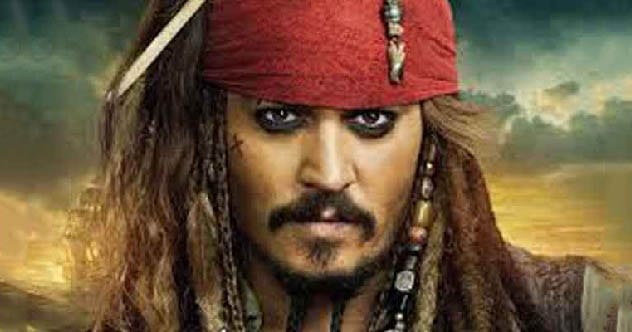
Pirates were not a fan of violence, so Jack Sparrow’s reluctance to face his opponents has historical credence. Ships and good crew weren’t cheap, so it was in the pirate’s best interest not to damage either. Their goal was to convince the other ship to surrender without bloodshed. The best way to do this, though, was by being so terrifying horrible and violent when they did go to battle that no one would ever try to fight them again.
To convince people to hand over their riches, pirates would turn to Game of Thrones level torture. There are accounts of people being strung up by their arms, beaten with cutlasses, fingers cut off one by one, and placing burning matches into the victim’s eyelids.
The branding worked. Pirates were considered so terrifying that many ships offered to surrender to avoid even the possibility of violence. Although pirates are shown as fearsome in today’s media, they don’t quite reach the level of terrifying they displayed in real life.[2]
8 Pirates said “Argh” and “Shiver me Timbers”
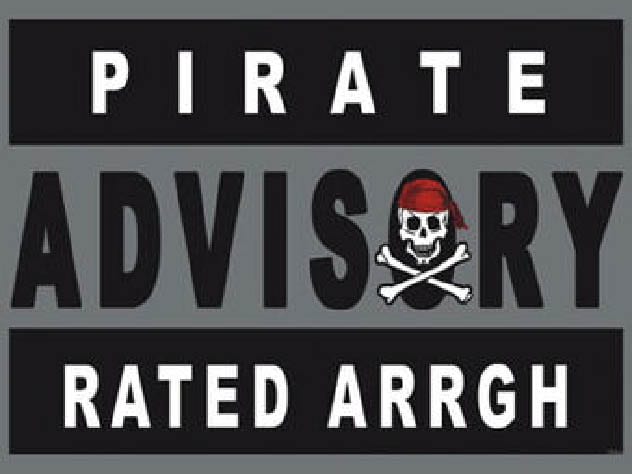
Pirates did not have a distinct way of talking. They were ordinary sailors, often coming from jobs on merchant ships or other sailing vessels. If they created their own way of talking, it would be a significant tip-off to pirate hunters and anyone willing to turn them in.
Expressions associated with pirates, such as “argh!” and “matey,” are were the result of later dramatization. Lionel Barrymore added an “arrrgh” to his lines while starring as Billy Bones in the 1934 version of Treasure Island. English actor Robert Newton enjoyed the exclamation and used it while starring as Long John Silver in the highly popular 1950 version of Treasure Island. Newton was given free rein to lean into his native West Country accent, which he took to his later roles as Blackbeard in Blackbeard the Pirate and a reprisal of Long John Silver. His way of speaking worked its way into the public pirate consciousness, adding the words to their lexicon.
This fictional pirate-speak is so popular, two friends in Oregon designated September 19th as International Talk Like a Pirate Day. The date was chosen because it was the birthday of a creator’s ex-wife.[3]
7 Pirates Buried Their Treasure
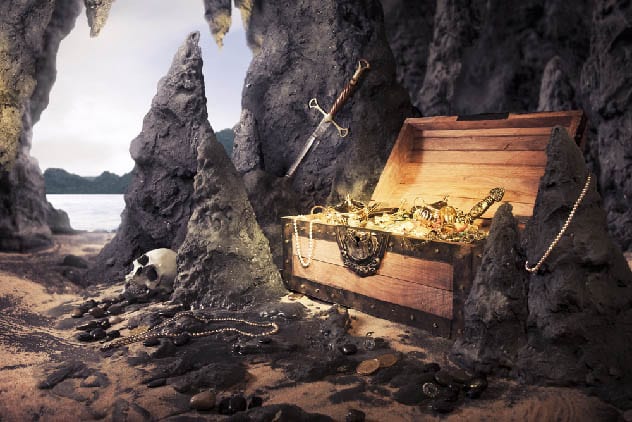
Real-life pirates had no reason to bury their treasure. Loot taken from enemy ships was almost immediately divided up and distributed among the crew according to rank. The loot might consist of gold and silver, but it might also include fabric, cocoa, and spices. Once a pirate had their part of the fortune, they quickly spent it. Pirates saw no need for a savings account and a 401k. It was a dangerous, potentially criminal job, so there was no time like the present to spend.
There are a few notable exceptions. The English pirate Sir Francis Drake buried several tons of gold and silver along the Panamanian coast to hide it from the Spanish, but he and crew retrieved it soon after. Captain Kidd also buried a treasure on Long Island while on the run from the British crown, but was unable to return to it because he had been arrested. It was soon dug up and used against him at trial. Rumors that he buried treasure in other locations continue to motivate treasure hunters to this day.
Similarly, pirates did not make treasure maps. It would be highly inconvenient to have pieces of paper that would allow anyone to dig it their life savings. This myth was popularized by movie adaptions of Treasure Island, along with the idea that “X marks the spot.”[4]
6 Pirates Gave “The Black Spot”
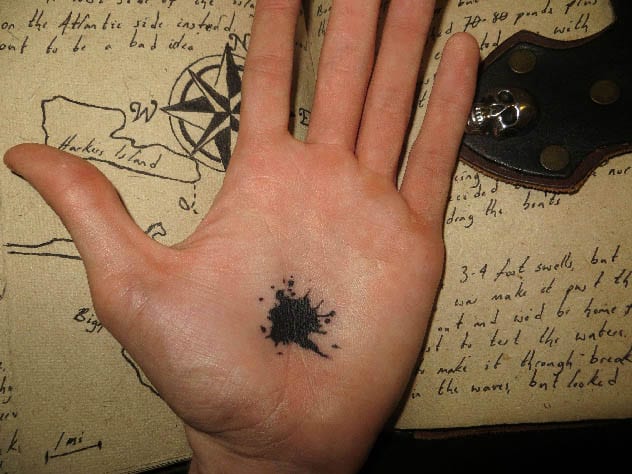
The Black Spot was invented by Robert Louis Stevenson for his novel Treasure Island. In the book, a piece of paper with a blackened spot is given to a pirate to signify a verdict of guilt. If received, the pirate would be given their justice—which could be anything from the removal of leadership to death.
In Pirates of the Caribbean: Dead Man’s Chest the Black Spot is a boil that marks those who owe servitude to Davy Jones. As punishment, the Kraken hunts down those who bear the mark. A similar concept of the Black Spot used in a pirate-themed episode of Doctor Who.
Despite its popularity in fiction, pirates did not use a Black Spot. If they wanted to depose a leader, they deposed them. Warning someone that you’re going to kill them only gives them a chance to escape. There was no need for pirates to have the kinds of drawn-out suspense that add color to a fictional story like Treasure Island.[5]
10 Movies You Had No Idea Were Filmed In The Wrong Locations
5 Pirates Walked the Plank
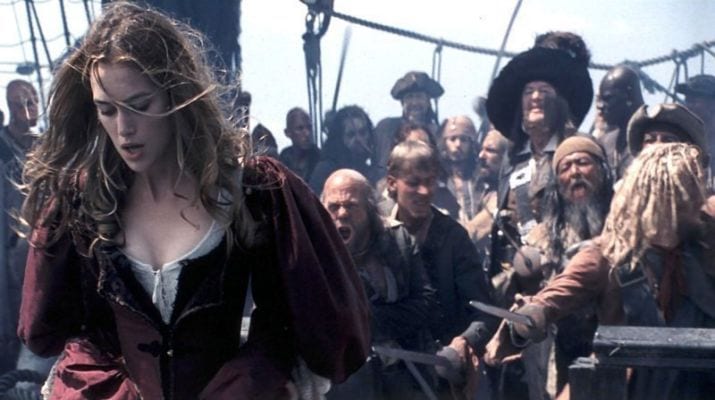
The first writer to make their characters walk the plank was Daniel Defoe, of Robinson Crusoe fame. His 1724 book A General History of Pirates features the pirates throwing a latter off the side of the deck and telling their captives that they were free to go, provided they were willing to swim.
From there, walking the plank has been included in Treasure Island, Peter Pan, Monty Python, Pirates of the Caribbean, and even Star Wars: Return of the Jedi. However, there is no historical proof that pirates made their victims walk the plank. They were, however, fond of equally terrible punishments such as flogging, marooning, and straight-up murder. If they felt like drowning someone, they threw them over the side without any theatrics.
The earliest historical mention of walking the plank comes from not from a pirate, but the testimony of a surgeon’s mate before the House of Commons. He described the officers of a slave ship discussing whether or not to make the slaves walk the plank in order to save on food.[6]
4 Pirates Wore Eyepatches
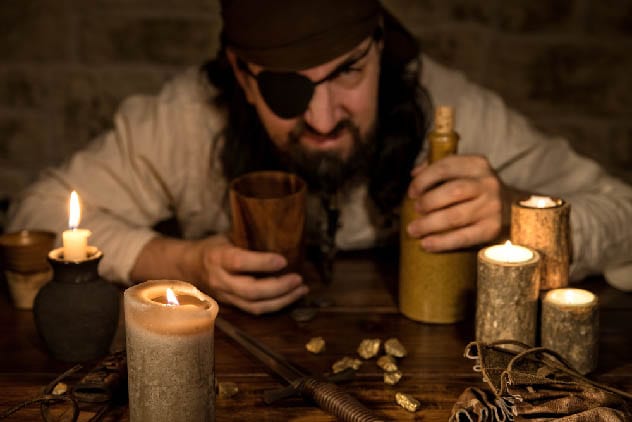
There is almost no historical evidence that pirates wore eyepatches. The only pirate recorded as wearing one was the famous Rahmah ibn Jabir al-Jalahimah, who wore one after losing an eye in battle. He gained notoriety as one of the most fearsome pirates in the Persian Gulf.
There is a theory that pirates wore eyepatches not to cover a missing eye, but to keep one eye dark-adapted and ready for battle below decks. Since it takes the human eye about 25 minutes to adapt from bright sunlight to total darkness, having one eye dark adapted would provide a considerable advantage when trying to fight off dark-adapted opponents below the deck of a ship. Mythbusters gave the theory a “plausible” rating.
This theory, however, seems to have originated in the 1930s when the United States was exploring it as a potential military tactic. A 1939 Navy handbook says, “Dark adaption in one eye is independent of dark adaption of the other. Advantage may be taken of this fact by placing a patch over one eye.” A 1934 text calls this “a pirate’s patch.”[7]
3 Pirates Flew “The Jolly Roger”
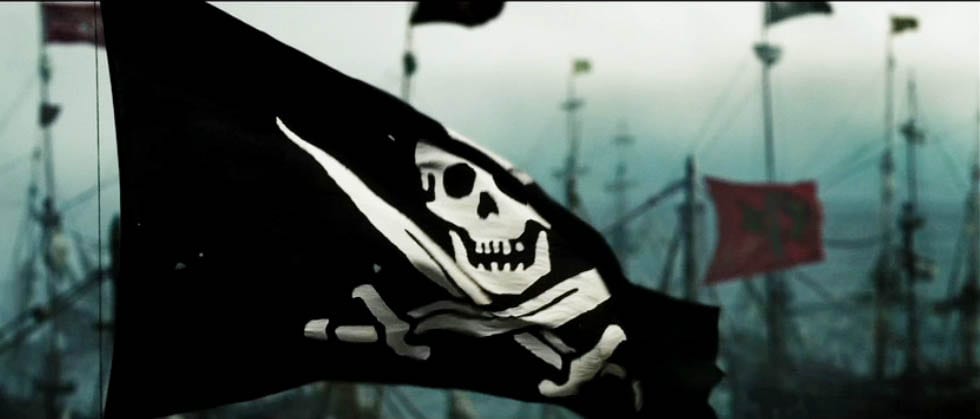
The “Jolly Roger” with its black background and skull and crossbones is universally recognized as the pirate flag. This version was flown by “Black Sam” Bellamy, Edward England, and Edward “Blackbeard” Teach. But pirates had no centralized authority, so each ship could develop their own spin on the Jolly Roger.
Some crews decided that the skull and crossbones were too minimalist and opted to include an entire skeleton. Others wanted to include an hourglass, intended to remind a victim that they were running out of time. Figures stabbing a heart were also used. Walter Kennedy couldn’t decide what symbols to use, so he included a skull and crossbones with a naked man holding a sword and an hourglass.
Pirates did not raise their flags until they were as close as possible to their target ship. This would hopefully give the ship just enough time to panic and decide to surrender. This way, the pirates got a ship full of treasure and for no work—besides raising their pirate flag.[8]
2 Pirate Ships Were Enormous

The standard-issue image of a pirate ship is a large, three-masted galleon with rows upon rows of cannons. Although these were popular with the royal navy, pirates were not a fan. Galleons were large and sunk deep below the waterline, which is inconvenient for a band of criminals who might need to make a quick getaway. Pirates preferred small single-masted sloops that could get in, get out, and hide in shallow waters if necessary.
The reason small sloops didn’t make it into the public consciousness is that they are hard to film. Large ships are more visually impressive, especially if the pirates are meant to be intimidating. It is also easier to pack all of the necessary camera equipment onto a larger vessel rather than squeezing it onto a small one. Plus, it gives the actors more room to play with, so why not get the biggest pirate ship possible?[9]
1 Pirates Were White

The modern Pirates of the Caribbean movies made an effort to correct this misconception, but the fact still holds that throughout pirate movie history, almost all pirates were portrayed as white. Adaptations of Treasure Island and Peter Pan were not interested in historical accuracy when they were casting roles.
This was not the case. Pirates regularly raided slave ships in search of treasure, and would often offer the slaves their freedom in exchange for joining the pirate crew. On some pirate ships, over a quarter of the crew were freed slaves. Pirate ships were also one of the few places where black Americans could obtain positions of power. Captain Kidd had a black quartermaster, and Blackbeard famously had a largely black crew.
As pirates were first and foremost sailors, they were a mix of different nationalities and backgrounds. Pirate ships were a rare opportunity for people of different races and cultures to mix and share in the loot.[10]
10 Dark Secrets That Expose The Truth About Hollywood
